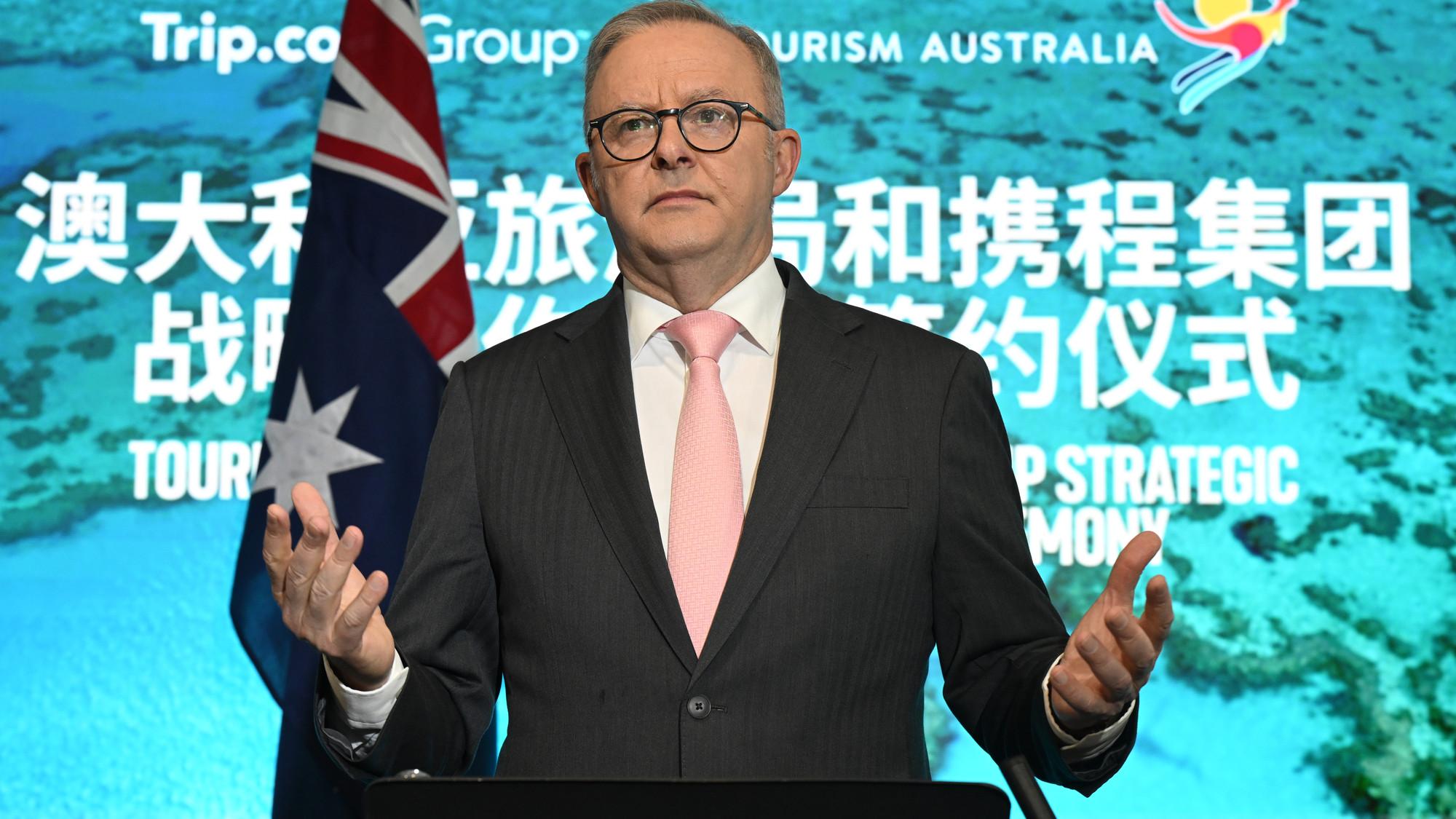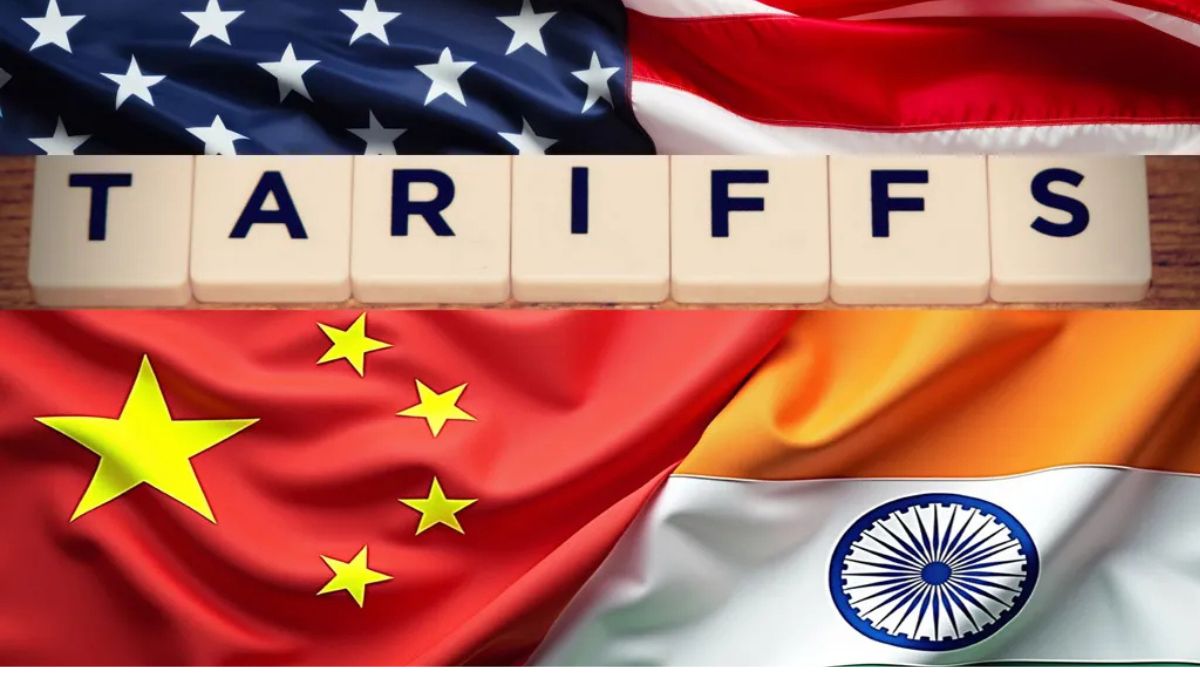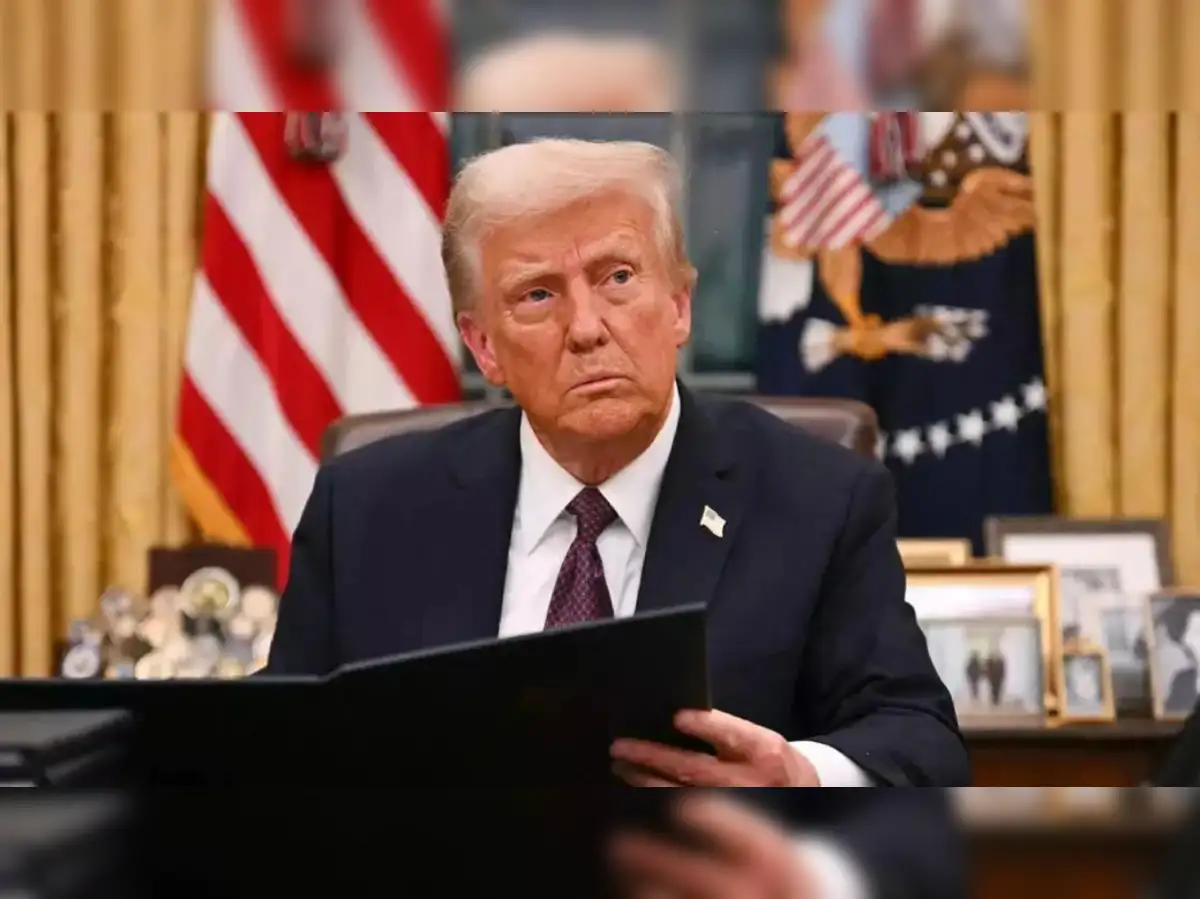
In a move that has garnered significant attention on the international stage, Australian Prime Minister Anthony Albanese’s recent visit to China has underscored delicate diplomatic balancing acts. While global leaders often face tough questions about regional tensions, sovereignty issues, and international alliances, Albanese’s approach during this visit has been notably cautious, particularly regarding Taiwan. This brief analysis explores the nuances of his strategy, the broader context of Australia’s foreign policy, and the implications for regional stability and diplomatic relations.
Context of the Visit: A South Pacific Power Player in a Global Arena
Anthony Albanese’s visit to China comes at a time when the Asia-Pacific region is experiencing growing geopolitical tensions. China’s assertiveness in the South and East China Seas, its expansive Belt and Road Initiative, and its stance on Taiwan have become focal points of international concern.
The Australian government, traditionally cautious about balancing economic ties with China and security commitments with its allies, finds itself navigating these tensions with careful diplomacy. The visit serves multiple objectives:
- Strengthening bilateral economic and diplomatic relations.
- Addressing regional security concerns.
- Projecting a stance of stability amidst rising tensions.
Most notably, Albanese’s trip signals Australia’s desire to maintain open communication channels with Beijing, even as it upholds its commitments to regional partners such as the United States and its allies in the Indo-Pacific.
Albanese’s Approach: Dodging the Taiwan Question
One of the defining features of Albanese’s visit was his avoidance of direct answers to questions about Taiwan. During the first day of his trip, journalists pressed him on whether Australia would support Taiwan in the event of Chinese aggression. Albanese’s response was notably understated and cautious, reflecting Australia’s broader strategic stance.
Key points of his responses include:
- Expressing the importance of maintaining peaceful dialogue.
- Referring to Australia’s One-China policy, which recognizes Beijing but also advocates for a peaceful resolution of cross-strait issues.
- Stressing the importance of regional stability and diplomatic engagement.
Albanese’s strategy appears to prioritize diplomatic finesse over direct confrontation or explicit commitments. This approach aligns with Australia’s desire to avoid escalating tensions with China while affirming its commitments to regional stability and international norms.
Implications of Avoiding Taiwan in Diplomatic Context
Diplomatic tact is often imperative when dealing with countries like China, which take a strict stance on Taiwan, viewing it as a renegade province. Albanese’s decision to circumscribe discussions on Taiwan serves several strategic purposes:
- Preservation of Diplomatic Relations: By sidestepping contentious questions, Australia aims to maintain constructive dialogue with China, avoiding actions that could be perceived as provocative.
- Signaling Neutrality: While supporting regional stability, Albania’s stance subtly indicates Australia’s position without offending Beijing.
- Internal Political Considerations: Australia’s domestic political landscape favors a nuanced approach—balancing economic interests and security partnerships.
This tactic also mirrors the broader international trend where countries opt for diplomatic ambiguity to prevent escalation over sensitive issues like Taiwan.
Regional and Global Reactions
Albanese’s approach has garnered mixed reactions across the globe:
- Western Allies: Countries like the United States and Japan have expressed hope that Australia remains committed to security alliances and supports regional stability, even if not explicitly backing Taiwan in this context.
- China: Likely views Albanese’s cautious diplomacy as aligned with its strategic interests. China has been attentive to any signals that could imply support for Taiwan’s independence or challenge its territorial claims.
- South Pacific and Southeast Asian Nations: These countries are observing the diplomatic signals closely, balancing their own regional interests amid the rising influence of China and the United States.
The diplomatic messaging during this visit thus reflects a broader Cold War-era balancing act that many regional players are engaged in: managing economic ties and security concerns without provoking conflict.
Broader Strategic Considerations for Australia
Albanese’s cautious approach on Taiwan must be viewed within Australia’s multi-layered strategy:
- Economic Dependency: China remains Australia’s largest trading partner, especially for exports like iron ore, coal, and agricultural products. Offending Beijing over Taiwan could risk economic repercussions.
- Security Alliances: Canberra maintains strong security partnerships with the U.S. and other allies, emphasizing defense readiness in the face of regional challenges.
- Regional Stability: Australia strives to be a responsible regional actor, advocating for peaceful resolution of disputes and avoiding provocative rhetoric.
These considerations highlight the complexity of diplomatic maneuvering in a region marked by rising Great Power competition.
Future Outlook: Diplomacy in a Fractured World
Looking ahead, Australia’s policy under Albanese will likely continue to emphasize diplomatic engagement, cautious rhetoric, and strategic ambiguity, especially regarding Taiwan. Balancing economic interests with security commitments remains a persistent challenge for policymakers.
As regional tensions evolve—possibly influenced by shifting U.S.-China relations, internal Chinese politics, or developments in Taiwan—Australia’s diplomatic posture will be crucial. While avoiding explicit support or opposition to contentious issues, Canberra’s actions and words will reflect its commitment to regional stability, sovereignty, and international law.
It is clear that Albanese’s approach demonstrates a pragmatic and nuanced diplomatic stance—one aimed at safeguarding Australia’s national interests amidst a turbulent geopolitical landscape.
Conclusion: A Cautious Diplomatic Dance
Anthony Albanese’s visit to China epitomizes a delicate diplomatic dance. The decision not to directly address Taiwan underscores the complexities of regional geopolitics and Australia’s strategic priorities. While some may view this as a mark of diplomatic weakness, others see it as a testament to Australia’s pragmatic approach to maintaining stability and fostering dialogue with powerful neighbors.
In an era characterized by rising tensions and shifting alliances, Australia’s cautious but firm diplomatic stance serves as a reminder of the importance of balancing credibility, economic interests, and regional peace.
For more updated news please keep visiting Prime News World.








